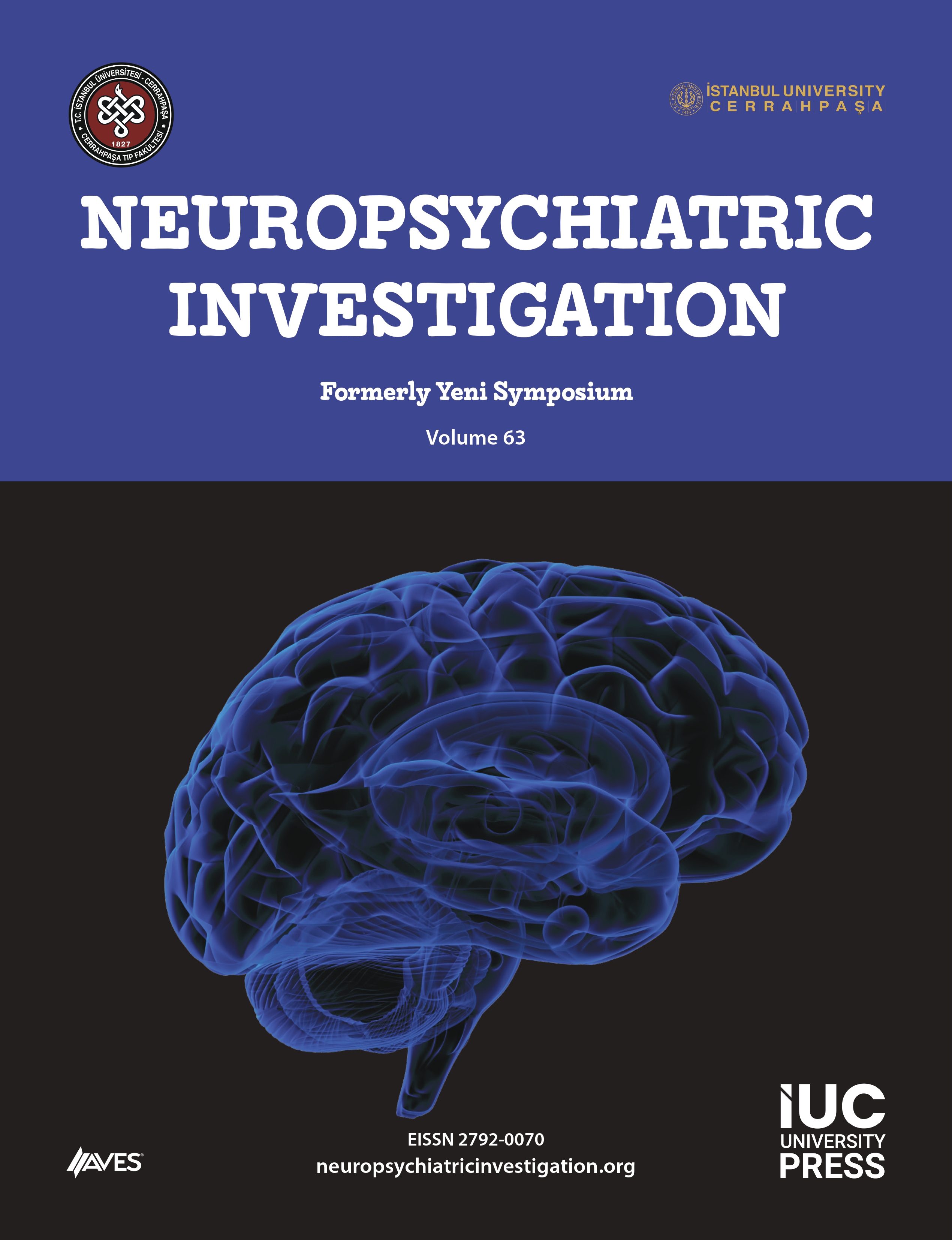Cerebrotendinous xanthomatosis is a leukodystrophy resulting from sterol 27-hydroxylase enzyme deficiency caused by CYP27A1 gene mutations. It is characterized by diarrhea and cataract in children, xanthomas in adolescents, and progressive neurologic symptoms in adults. This study presented a 39-year-old woman who had progressive difficulty in talking, clumsiness in the hands, and imbalance for 2 years. She was able to walk on her toes but was unable to perform activities of daily living or simple housework. Speech difficulty was present since disease onset. Neurologic examination revealed mild mental retardation, hyperactive deep tendon reflexes, bradykinesia prominent on right, and ataxia. She had bilateral cataract surgery at the age of 15 years. There was no parental consanguinity. Routine biochemical tests, vitamin levels, viral serology, autoimmune antibodies, vasculitis, tumor, and paraneoplastic markers were negative. Brain magnetic resonance imaging showed hyperintensities in cerebellar dentate nuclei in T2-weighted/ Fluid Attenuated Inversion Recovery (FLAIR) images. Patient benefited from early levodopa therapy given for dysto nia-P arkin sonis m. Genetic analysis demonstrated homozygote 1476+2T>C mutation in CYP27A1 gene. Chenodeoxycholic acid replacement therapy was started gradually twice but discontinued due to side effects. Cerebrotendinous xanthomatosis may present with neurologic symptomatology in adults, but the presence of chronic diarrhea, juvenile cataract, and xanthomas at earlier ages should be kept in mind. Early diagnosis and treatment have beneficial results in preventing the emergence of neurologic symptoms as it is a treatable leukodystrophy. Rarely, intolerance to the drug may occur. Early levodopa therapy in patients having dysto nia-P arkin sonis m will increase patient’s quality of life.
Cite this article as: Benbir Şenel G, Abbaszade H, Tekgül Ş, Başak N, Apaydın H. Adult-onset treatable leukodystrophy: Cerebrotendinous xanthomatosis. Neuropsychiatr Invest. 2022;60(4):106-109.




.png)